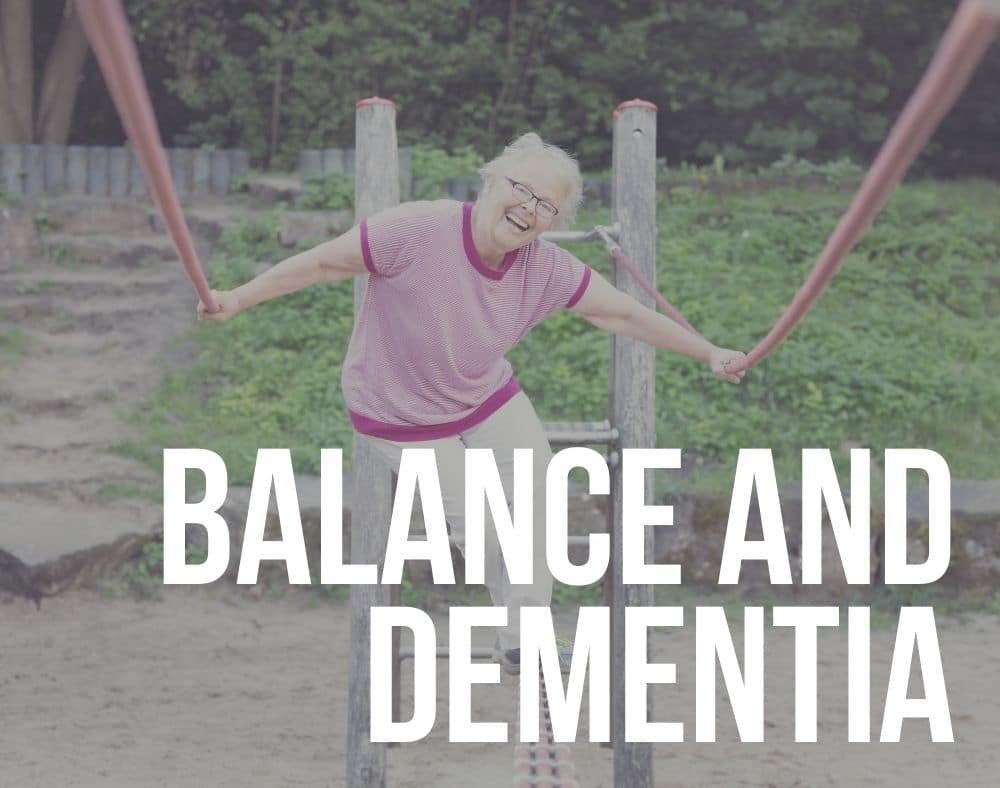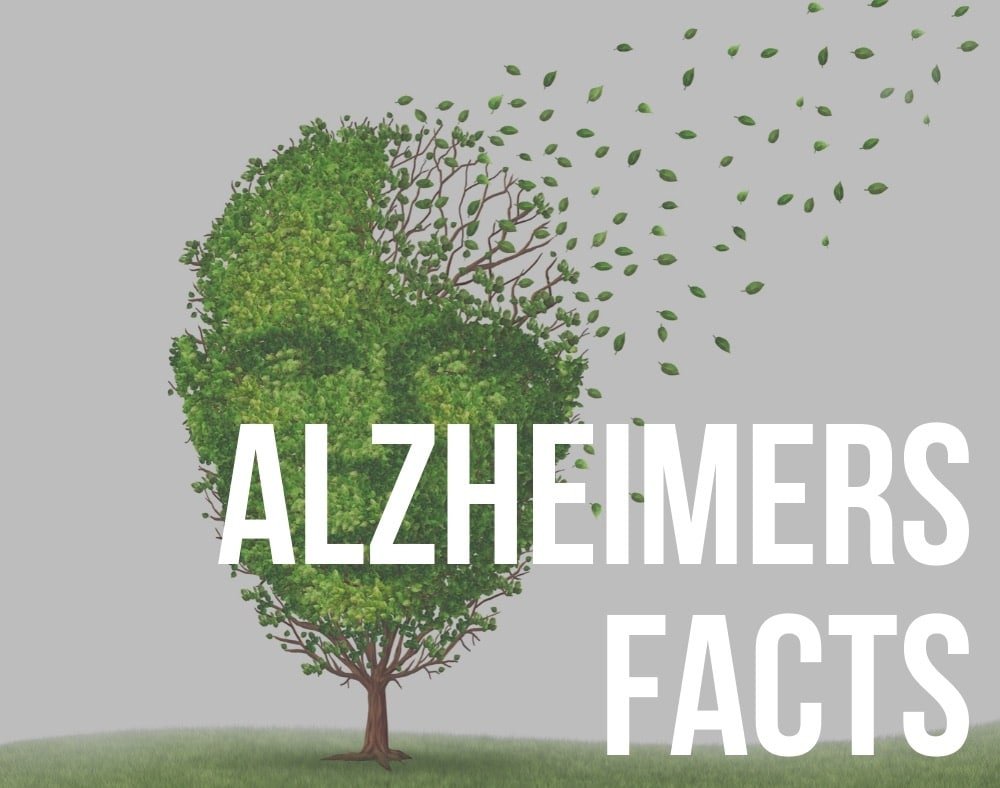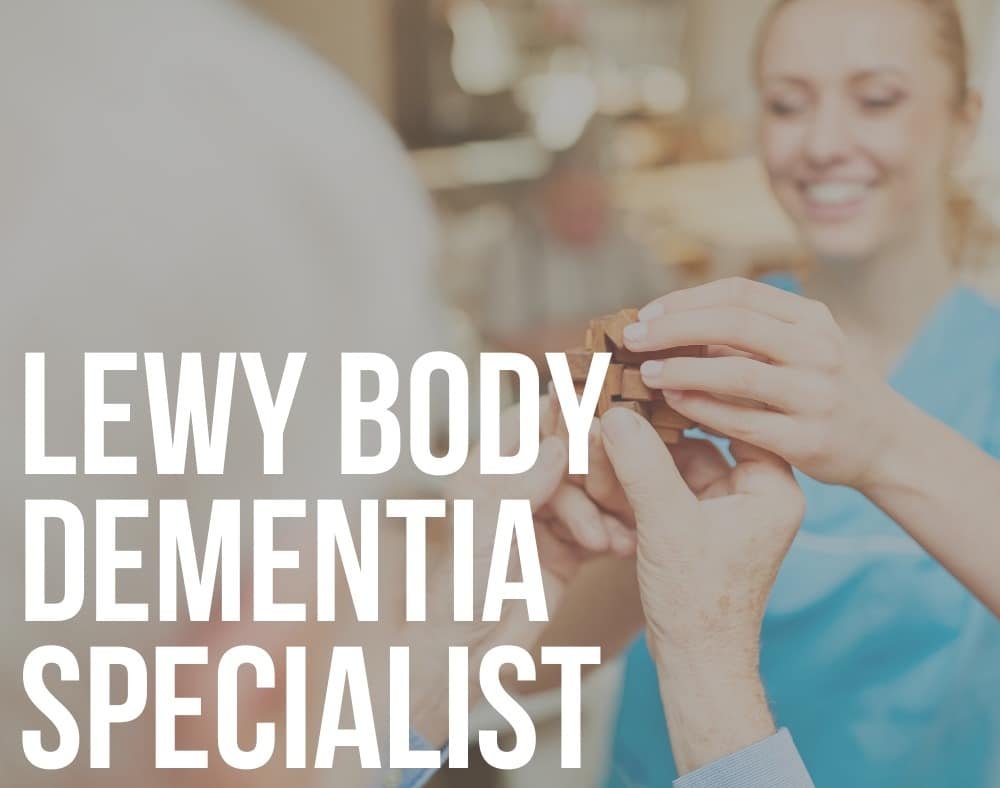It can be hard to anticipate what will be needed when a loved one is planning a move to a memory care facility. There is just so much stress, so much emotion, and so much unknown.
Contents
Smooth the Experience Where Possible
It’s hard enough to make a move to a facility under any circumstances, but if the home must be completely vacated it can be especially stressful.
Some of the pressure can be alleviated by renting a storage unit for a few months until the person is more settled.
Jump straight to:
The overall experience can be made smoother by communicating well with facility management, having realistic expectations and planning ahead.
Plan ahead, yes, but don’t try to plan too tightly.
Flexibility is paramount in dementia care.
It should be expected that things will not always go as planned, and that needs and preferences will continually change throughout the course of the illness.
It’s impossible to predict exactly what will change or go awry, so just be prepared to roll with the punches as they present themselves.
What to Bring to a Memory Care Facility
Read on for a few things to consider when preparing for a move to memory care.
Furniture

Check with facility management about which furniture, if any, will be provided and whether they have any suggestions regarding what to bring or leave behind.
The Bed
Some facilities will provide a bed and others won’t. If they do, find out what kind of bed and mattress to expect.
Connect with the staff to ensure everyone understands who will be providing and laundering bed linens.
Regardless of which bed is used, it is almost always advisable to bring a personal bedspread, quilt or blanket to use as a cover. This will increase familiarity in the room, so it usually should be an item the person already owns.
Be sure that the spread isn’t too big for the bed, which can create a tripping hazard. When downsizing beds, altering a favorite bedspread to fit the new bed safely can be a good option.
If the opportunity should come up it is worth considering a bed with adjustable head and foot position, even if it isn’t a current need.
As conditions change these features can really come in handy. Having them readily available may make a big difference down the road and may help to prevent a last-minute scramble to find one.
When deciding on which bed to bring to memory care consider the following points:
- Does the person prefer a softer or firmer mattress?
- Some mattresses are specially designed to reduce the risk of developing pressure sores. This may not be needed for everyone, but can make a big difference for some.
- Thick or thin, firm or fluffy, most people sleep best with their own pillow – or at least their own favorite type of pillow.
- It may be a good idea to bring one’s own bed when allowed if the specific bed is currently very important to the person. Usually, it’s not a big deal to people in the scope of everything, but to some, it matters tremendously. Be sure to verify that the bed fits in the room safely and can be transported through the doorway.
Armoire or Dresser
Many facilities have limited closet space, so an armoire or dresser can be a nice addition for some.
For many with dementia out of sight means out of mind. In some cases, it can be a good idea to keep certain items purposely out of sight.
In many cases, the person will be better able to maintain their independence if they can find items they need on their own.
For this reason, consider whether any of the following tips may be helpful:
- Use a familiar dresser and keep the clothing arranged how they are accustomed to it.
- Label each drawer with large print or simple pictures to identify what is inside.
- Use furniture without a lot of separate compartments so that they can readily see their options.
There are furniture companies that make specialized furniture designed using these theories to help support people with dementia maintain their independence.
Don’t expect that the person’s closet or other belongings will be kept in order. Regardless of any effort to label or keep them organized, it just isn’t realistic to expect that they will stay that way.
It’s not useless; it still helps minimize disarray to do so, just don’t be disappointed when it’s not well kept up. There are just too many people, factors and variables involved.
Whether the person will rummage through their things on their own, or a confused neighbor will, or the well-meaning care staff will not share the same understanding of organizational principles, or they will encounter situations that are prioritized over putting away clothing neatly, or any number of other factors will prevent the organization from lasting more than a couple of days in a memory care closet.
It can help to pack up seasonal items and clothing and store them elsewhere to minimize clutter in the room. Ask the facility if they have any storage available for residents’ overflow or find an off-campus solution.
Other furniture
In addition to a bed and dresser, there may be enough room for an additional small or medium-sized piece of furniture. A favorite chair is often a good choice. Think about how and where the person currently spends their day.
The battered recliner may not look as attractive as another option, but if that is where they usually choose to sit it is likely to bring them the greatest comfort in their new home.
A desk, a computer, a sewing machine or similar items may be important to the person and so they could be good to bring along as space allows.
Often these items become more decorative than utilitarian but not only do they add familiarity to the room, they also reinforce the person’s sense of self. This is very valuable because the sense of self is constantly being eroded away by the disease.
Be sure to take any appropriate safety precautions.
- Make sure to remove scissors, pins, needles, et cetera if needed.
- Be sure that any sensitive financial information or access is removed from desks or computers.
- Avoid rolling chairs, which can lead to falls.
Lamps
A floor or desk lamp can add a cozy glow and a comfortable homey feeling to a room. Be sure extra light bulbs are stored safely.
Decoration

Always keep in mind that anything brought into a memory care facility is at risk of becoming lost or damaged.
Don’t bring anything irreplaceable unless losing it is an acceptable outcome. Insure anything of value. Renter’s insurance is a good idea to maintain in memory care.
When selecting decor keep in mind that the main goals are:
- Create and maintain a safe and homey environment
- Maximize familiarity of the person’s new home
- Reinforce the person’s sense of self
- Facilitate connections between the person and others, namely staff or visitors
Safety
People with dementia typically experience an increase in confusion when they are in an unfamiliar environment. Until they acclimate to their new home they are at a heightened risk for falling.
This is especially concerning considering that many people with dementia are already at high risk for falls due to many factors including impulsivity, impaired safety awareness and altered spatial awareness.
Fall risk can be reduced by observing the following recommendations:
- Avoid bringing too many items to memory care. Cluttered areas present a significant risk for tripping and falling.
- Avoid area rugs, throw rugs and bath mats. These are huge tripping hazards and should generally be avoided at all costs.
- Double check to ensure that electrical cords cannot accidentally end up anywhere they could cause somebody to stumble. Taping them into place may be advisable, and keep them well clear of walkways.
Many facilities have policies regarding extension cords and other potentially dangerous items. Be sure to check with facility management prior to bringing in items such as:
- Extension cords or power strips
- Electric heaters
- Faux fireplaces
- Electric blankets
- Heating pads
- Blades including pocket knifes, scissors, nail clippers, razors, et cetera
- Other sharp objects such as letter openers, knitting needles, sewing needles
Familiarity
Being able to recognize familiar items or decor can ease the transition to the new environment.
People with dementia can function better and experience less disorientation and confusion in a familiar environment than an unfamiliar one.
Generally, it is advisable to create the most familiarity possible in the new environment. Use the same furniture, decor, and items and place them in similar arrangements to the extent possible and practical.
Consider what can be found in the person’s current home.
Do they have lots of family photos, artwork or plants? Which furniture do they use most frequently? Which daily morning, afternoon or evening routines are most important?
As they acclimate to the facility, and settle into this new chapter in their life, many of these things will change. Setting them up as similarly as possible to start can be helpful in the beginning.
Sense of Self
Decor is an excellent tool for reinforcing the sense of self. Consider which items evoke feelings of security, comfort, identity or pride in the individual.
For some, it may be a college degree or a special award. For others, it may be a photo of a workplace, home, or a particular accomplishment. Others may enjoy seeing a knitting basket full of yarn or quilts that they have created. Many find comfort in family photos.
Use caution with military memorabilia. For some, it may evoke positive feelings, but for others, it may have the opposite effect.
Opportunities for Connection
Decor is one of the best and quickest ways to introduce one’s self to staff and visitors without ever having to say a word. It gives people a way to instantly connect.
Use labels with basic details so that it doesn’t fall on the person to always remember and verbalize the information.
An example might be a world map marked with the places the person had visited or captioned photographs.
Photographs
Family photos are usually a safe bet and a frequent favorite.
Bear in mind that people with dementia sometimes regress in their orientation, and may believe at times that they are still a young adult or even a child.
They may believe that their children are still babies, not grown adults, and that their spouse, if they are married at all, is a young adult, not an elder.
In these cases, it is generally most effective and therapeutic to meet them where they are in the moment rather than try to continually reorient them.
If in their mind they are back in their childhood, pictures of their parents are often the most recognizable and comforting. Pictures of siblings, pets or the family home can also be welcome.
For some, it is helpful to bring a frame that shows labeled pictures of their children both as youngsters and as grown adults.
Other items

Clothing
How much to bring?
Bring at least enough clothing, pajamas, socks and underclothing for 7-10 days, more if incontinence is an issue.
Be mindful not to bring so much clothing that the closets or drawers are stuffed, and avoid bringing items that the person won’t need regularly.
Be sure to bring a couple of pairs of shoes, ensuring they are comfortable and slip-resistant.
Safe footwear
Slippers and other shoes should cover the heel so they aren’t easy to step out of accidentally. Slipper socks with non-slip rubber on the soles are often a good addition to the wardrobe.
They can help prevent falls if the person gets up from bed and forgets to put on shoes or slippers.
Adapting the wardrobe
At some point, it may be helpful or necessary to adapt the wardrobe to enhance independence or to change with evolving needs or preferences.
Examples of common adaptations include:
- Eliminating buttons, or choosing clothing with large buttons only
- Avoid tops that pull over the head, opting instead for a button down or cardigan style
- Eliminating pants with zippers and buttons in favor of elastic waistbands
- Replacing shoes with shoelaces with velcro or slip on styles
Clothing should feel comfortable, familiar and help the person feel they look good
Don’t go out and buy a whole new wardrobe unless these adaptations are necessary. Clothing should feel comfortable, familiar and reinforce the person’s sense of self and self-esteem.
Looking good helps people feel better, so the person should feel good about what they are wearing.
Laundry
Clothing should be machine washable to the extent possible. Caregivers mean well but they come from a variety of backgrounds – and laundry skills.
Expect that there will be a number of people caring for each resident, and their clothing, throughout the course of the week.
Check with management regarding laundry practices. Who will be doing the laundry, and how often. What will they do if the person has no clean clothes available?
Keep a realistic understanding
Understand that what is brought may well end up in the washer, on a neighbor or in their closet, or who knows where else.
Be prepared to adapt to what may come up as the person’s needs and preferences change with the course of the disease.
Jewelry
Costume jewelry is a wonderful thing to bring to memory care, provided it’s understood that it may become lost. Many people feel better wearing it, and many love to spend time sorting through it.
Wedding rings, or other valuable or irreplaceable jewelry that the person insists on wearing, can be tricky.
As people age they can lose weight, making it easier for rings to fall off. They often hide items like jewelry to “keep it safe”, never to be found again.
Often people wrap small items in tissues and then inadvertently throw them away. One possible solution is to take the ring to be cleaned.
Have the jeweler make a duplicate so that the original can be stored safely and the person can enjoy the feeling of wearing their precious jewelry.
Toiletries
Personal and paper supplies
Typically the resident is responsible for bringing items such as toothbrushes, toothpaste, hairbrushes, incontinence supplies and the like. Some facilities will provide these items at an additional cost.
Check with the facility to find out whether toilet paper, tissues, gloves, shampoo or soap or other supplies are provided by the facility and if so, at what cost.
Washcloths and towels
Be sure to confirm with the facility whether they provide bed linens, washcloths or towels.
Over the counter medications and creams
Be sure to connect with staff regarding any over the counter medications, supplements, eye drops, medicated creams or ointments, or other such items that the person may use.
For safety reasons, these types of items are often not allowed to be kept unsecured in the resident rooms.
Telephones
Telephones can be tricky in certain cases. Some people have a tendency to call others without realizing the time or to make inappropriate 911 calls.
Most facilities have telephones available for residents to use. In cases like these, it may make the most sense to skip any in-room phone.
Staff should be able to help dial phone numbers and/or redirect away from the phone as needed.
For some people, telephones represent a great deal of security.
It may be helpful to have a phone with preset numbers if they are used to using one. It should be the actual phone they are used to using if possible.
Most people have difficulty navigating voicemail by this point so it usually should be disabled.
Check with the facility to find out if there is a phone number that family and friends can call to reach staff if they are having difficulty reaching the person directly.
Generally speaking, the person should be allowed to have a personal phone if they want one, so long as there aren’t any current problems.
Should challenges arise later the plan can evolve.
Reading material
Books, newspapers and magazines can be great to bring to memory care. The person may still gain enjoyment from reading them, but even if not they can all be used to reinforce the sense of self.
For certain people seeing a small bookcase with familiar titles or seeing the newspaper that has been part of the breakfast routine for fifty years can be extremely meaningful, and can give others ways to easily connect with the person.
Large picture books on topics of interest can also be a valuable addition.
Keep in mind that there is nothing at all wrong with reading a book and forgetting or reading the same passage over and over, so long as it doesn’t bother the person.
Many people with dementia enjoy the “Chicken Soup for the Soul” books. This series is full of inspiring and heartwarming short stories that are easier to follow than longer books.
Spiritual books can be a source of comfort during this extraordinarily difficult period in their life.
Photo albums
Photo albums with labeled pictures are a must. As described above, bear in mind what types of photos will be most personally meaningful to the individual at their current stage of dementia when selecting photo content.
Make copies of photos so the irreplaceable originals aren’t lost or damaged.
Activity Box
A small box or basket full of little things that the person enjoys doing, looking through, or talking about can be a great addition to the person’s collection.
This enables staff and visitors to easily engage them in personally meaningful activity.
Examples of possible items to place in an activity box could include:
- Cards with meaningful spiritual passages
- Baseball cards
- Playing cards
- Scented lotions
- Manicure supplies
- Costume jewelry, scarves
- Fabric notions
- Yarn
- Trivia or joke books
- Pictures of family, animals or favorite places
The options are limitless and items in the box can be added or updated as needed.
Music
A simple CD or MP3 player with a collection of favorite music is a must for most memory care residents.
Studies have shown that music stimulates brain function. The brain is able to better function and communicate during, and for a short period after, listening to one’s favorite music.
The music enjoyed in the person’s teens and twenties is typically most effective.
This is true even when people don’t especially consider themselves to be music lovers.
Exceptions

In many cases, the thought of moving can be overwhelming to someone with dementia. In some cases it can be so stressful it is in fact beyond a person’s ability to process.
Often this coincides with cases in which the person doesn’t understand that they need help.
In cases like these, it can sometimes reduce distress and lead to a smoother transition present the move as a temporary situation.
Perhaps it’s a trial or it’s just until some goal is met. The goal would have to make sense to the person, for example:
- Just until physical therapy is complete
- Until the doctor has adjusted some medication
- Until some necessary repair work is completed in the current home
Presenting it this way may help the person be more accepting of the idea of going – although they will not likely like it.
Once he or she has settled into the new place, gets to know the staff, the environment and the routines, the prospect of a permanent stay is much less overwhelming.
If this is the case it may make sense to minimize what items are initially brought. The environment should support the person’s understanding of the situation.
It wouldn’t make sense to bring a bunch of furniture and artwork to a rehab facility. In a case like this, it may be advisable to bring clothing, toiletries, a framed picture for the bedside, a blanket for the bed, et cetera.
Bring a couple more items with each visit, or every couple of days, without making a big deal of it. Soon the person has their familiar items and familiar space.
Be sure to coordinate with facility staff regarding anything that is told to the resident so he or she can hear consistent information from all sources.
The staff may have good ideas and insight on how to alleviate stress from the move and achieve the smoothest possible results as well.







